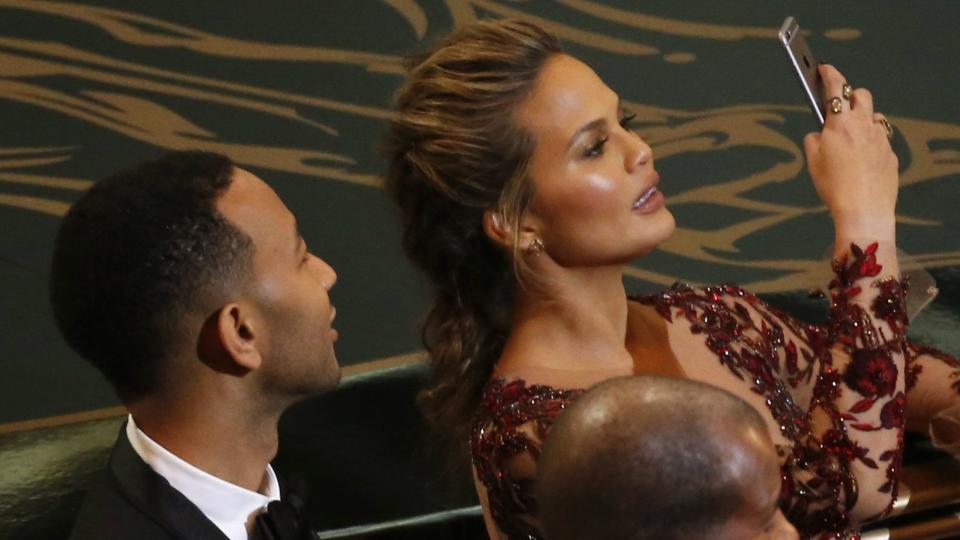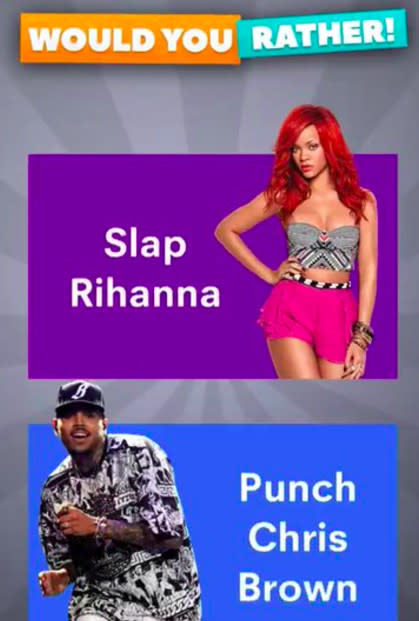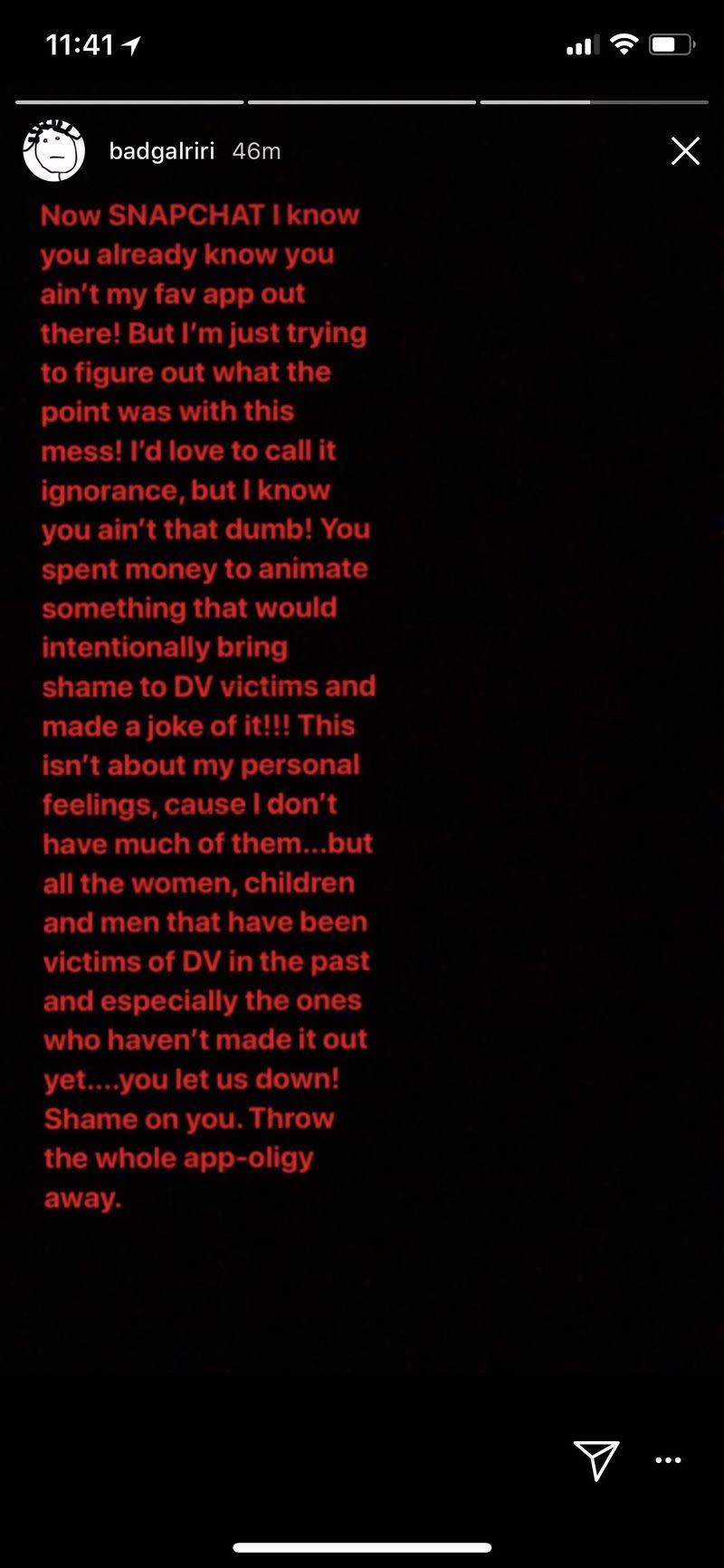High-profile people are distancing themselves from Snap

While Facebook is dominating mindshare when it comes to privacy issues and tech behemoths, Snap has been experiencing its fair share of woes, losing the trust and interest of key influencers.
Last month, Kylie Jenner bemoaned Snapchat’s (SNAP) redesign to her 25 million followers on Twitter. Her single tweet sent Snap stock down as much as 8% in mid-afternoon trading, or about $1.3 billion. The tweet also spurred an uptick in short-selling, according to S3 Partners. Prior to Jenner’s tweet, Citigroup downgraded the stock from neutral to sell because of the negative feedback on the redesign.
sooo does anyone else not open Snapchat anymore? Or is it just me… ugh this is so sad.
— Kylie Jenner (@KylieJenner) February 21, 2018
Eleven minutes later, Jenner replied to her original tweet saying Snap is still her “first love,” as if she were dramatically ending a relationship.
still love you tho snap … my first love
— Kylie Jenner (@KylieJenner) February 21, 2018
Jenner, 20, the youngest of the Kardashian sisters, represents the app’s core user base — teens and young adults. Snapchat, which has always been criticized for being unintuitive to users, previously allowed you to see content from all of your Snapchat friends in one place. The controversial redesign separates your friends from celebrities, influencers and publishers, making it a cumbersome process to move back and forth.
Unfortunately for Snap, the redesign, which rolled out on Feb. 6, is merely one factor in user outrage.
Earlier this month, Snap approved an ad for a third-party game called “Would You Rather!” that presented users with two options — “Slap Rihanna” or “Punch Chris Brown.” The premise is ridiculous in any situation, but a particularly sensitive match-up as it refers to Chris Brown being charged with assault on his ex-girlfriend Rihanna in 2009.

Over a year ago, I explained how Snap was setting itself apart from the likes of Facebook (FB) and Twitter (TWTR) by cracking down on clickbait and banning explicit images, especially because its audience tends to skew younger. Then, last month, Snapchat opened its marketing API for all developers to use, which essentially opens up the floodgates in a sense. And, just this week, Mashable reported that Snap is developing a new tab called “Connected Apps,” which would allow users to connect third-party apps with their Snapchat account. If this sounds eerily familiar, it’s because it’s precisely the reason that Facebook has been in hot water.
Snap removed the ad on March 12, issuing the following statement: “The advert was reviewed and approved in error, as it violates our advertising guidelines.”
Rihanna was not convinced by the so-called apology, expressing her frustration to her 61 million followers through an Instagram story: “Now Snapchat, I know you already know you ain’t my fav app out there! But I’m just trying to figure out what the point was with this mess. I’d love to call it ignorance but I know you ain’t that dumb! You spent money to animate something that would intentionally bring shame to DV [domestic violence] victims and made a joke of it!!! … Shame on you. Throw the whole app-oligy away.”

If the backlash generated by Jenner and Rihanna wasn’t enough, model Chrissy Teigen, arguably the most outspoken celebrity on social media, has also ditched the app. She expressed her disdain for the app to her 10 million followers on Twitter. The “constant complaints of people not being able to find [her]” coupled with the Rihanna poll made her leave the platform. (I, for one, had basically only used Snapchat to follow Chrissy’s cooking and baby updates).
I stopped using snap. The update, the constant complaints of people not being able to find me, plus the Rihanna poll…no bueno
— christine teigen (@chrissyteigen) March 24, 2018
Former first daughter Chelsea Clinton also tweeted about the Rihanna ad, calling out Snap for approving it in the first place.
Just awful. Awful that anyone thinks this is funny. Awful that anyone thinks this is appropriate. Awful that any company would approve this. Thank you Brittany for calling this out.
— Chelsea Clinton (@ChelseaClinton) March 12, 2018
High-profile celebrities aren’t the only ones frustrated with Snap, but are certainly exacerbating the outrage of the average Snapchatter. Some 1.3 million (and counting) users have signed a petition on change.org calling for Snap to return to its old design. Snap issued a response that suggests there’s no going back. “This new foundation is just the beginning, and we will always listen closely to find new ways to make the service better for everyone. We are grateful for your enthusiasm and creativity. We are very excited for what’s ahead.”
And, if users are no longer excited about Snapchat, brands who advertise on the platform likely won’t be either. In a since-deleted Twitter poll, Maybelline’s official account asked its 670,000 users: “Snapchat views have dropped dramatically..Should Maybelline stay on Snapchat?” Prior to its removal, 81% voted “No, I like IG Stories,” and 19% replied “Yes, please don’t leave!” Maybelline claims a rogue employee published the poll and said it has a “strong partnership” with Snap.
So, will users actually delete the app? It turns out they aren’t. Snapchat downloads in the U.S. went up 41% to 76% in the week following the redesign rollout, according to data provided exclusively to TechCrunch. Perhaps bad news could be good news for Snap and a resurgence in interest and curiosity for the app.
Melody Hahm is a senior writer at Yahoo Finance, covering entrepreneurship, technology and real estate. Follow her on Twitter @melodyhahm.
Read more:
Half of Target’s 1,800 stores are led by women